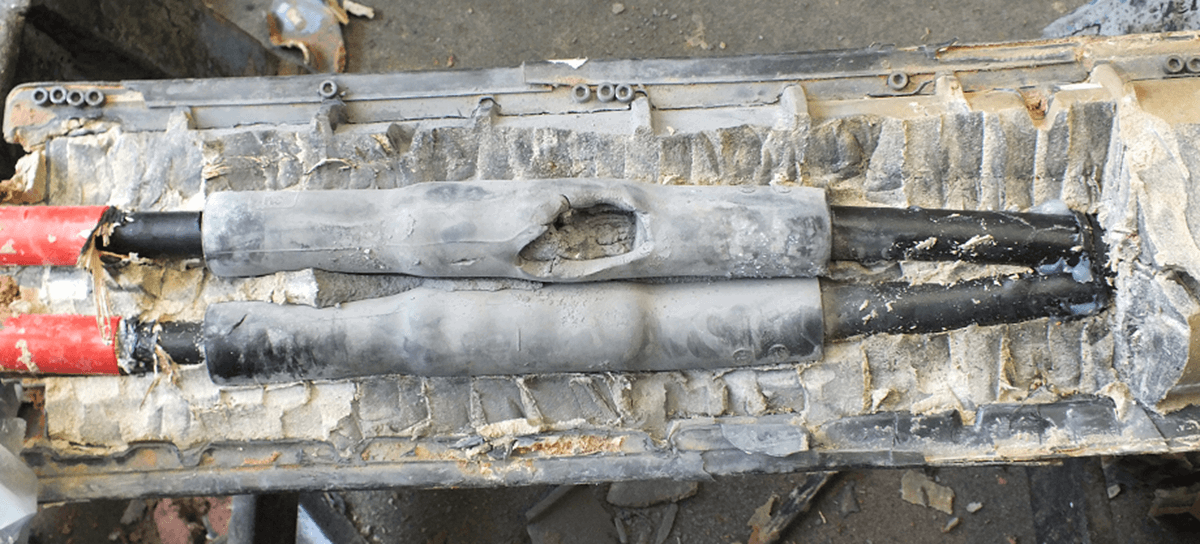What is Partial Discharge? A Guide to Understanding and Managing PD
-
12 October 2021
-
EA Technology

Understanding and managing partial discharge (PD) is crucial for the longevity and reliability of high-voltage systems. This guide delves into the essentials of PD, offering insights into its detection, causes, types, and effective management strategies.
Introduction to Partial Discharge
Partial discharge occurs when electrical insulation in high-voltage environments deteriorates under stress, leading to insulation failure. Although PD events are small, their impact over time can be significant, potentially leading to equipment failure and safety hazards.
What causes partial discharge?
Several factors contribute to the occurrence of partial discharge, including:
-
Installation defects
-
Design flaws
-
Manufacturing voids in solid insulation
-
Particle contamination
-
Adverse substation environments
Aging electrical assets may exhibit a combination of these issues, underscoring the importance of regular monitoring and maintenance.
What are the different types of partial discharge?
PD can be classified into 3 main types:
-
Internal PD: Occurs within insulation, often silent and undetectable without specialised equipment.
-
Surface PD: Tracks across the surface of insulation, sometimes detectable by a crackling sound or the smell of ozone.
-
Corona PD: Emanates from sharp electrodes into the surrounding gas, commonly heard in outdoor switchyards.
Understanding these types is essential for implementing targeted detection and management strategies.

What detection techniques are available for partial discharge?
Effective PD management relies on early detection. Various techniques are employed to identify PD activity, including a combination of these two main types of sensors:
-
Transient Earth Voltage (TEV) sensor: Detect internal PD
-
Ultrasonic sensor: Detect surface and corona PD
Learn more about our Partial Discharge detection solutions
Managing Partial Discharge in High-Voltage Systems
Preventing PD-related failures requires a comprehensive approach:
-
Regular Monitoring: Implementing routine inspections and continuous monitoring can help identify PD early.
-
Maintenance and Repairs: Addressing detected PD promptly can prevent further deterioration and system failures.
-
Upgrading Insulation: Improving insulation materials and designs can reduce the likelihood of PD occurrences.
Further readings:
Conclusion
Partial discharge poses a significant risk to high-voltage systems, but with the right knowledge and tools, its impact can be mitigated. By understanding the causes, types, and detection methods, and implementing effective management strategies, you can ensure the reliability and safety of your electrical assets.
For more insights into partial discharge and its management, download our comprehensive guide.
